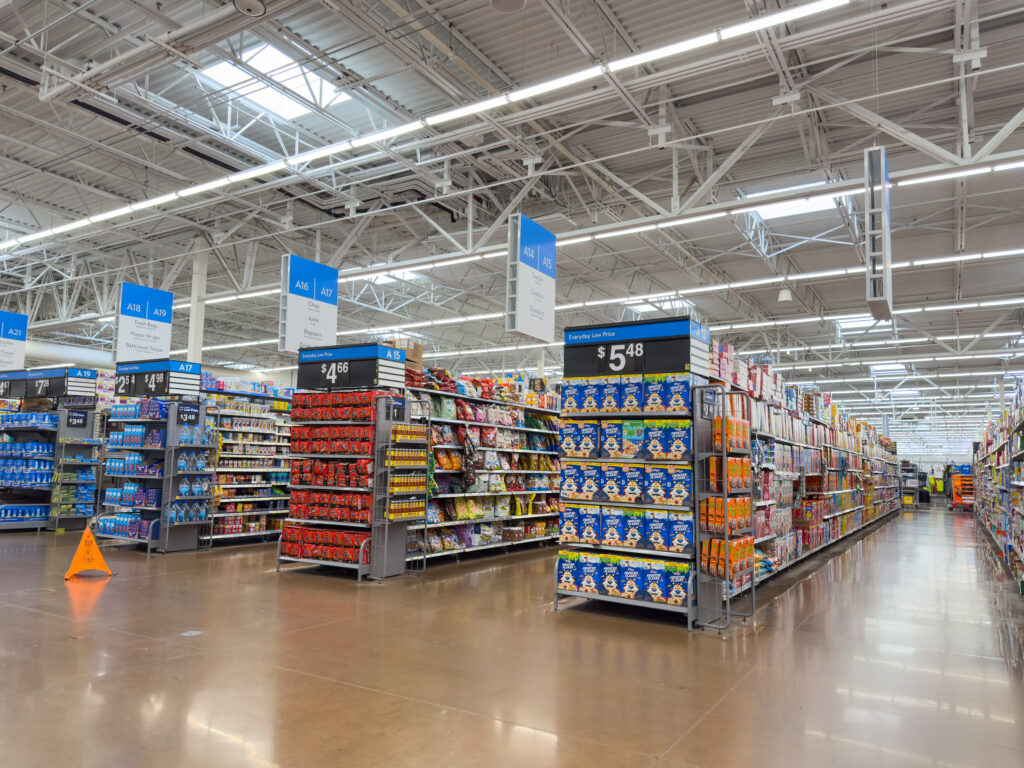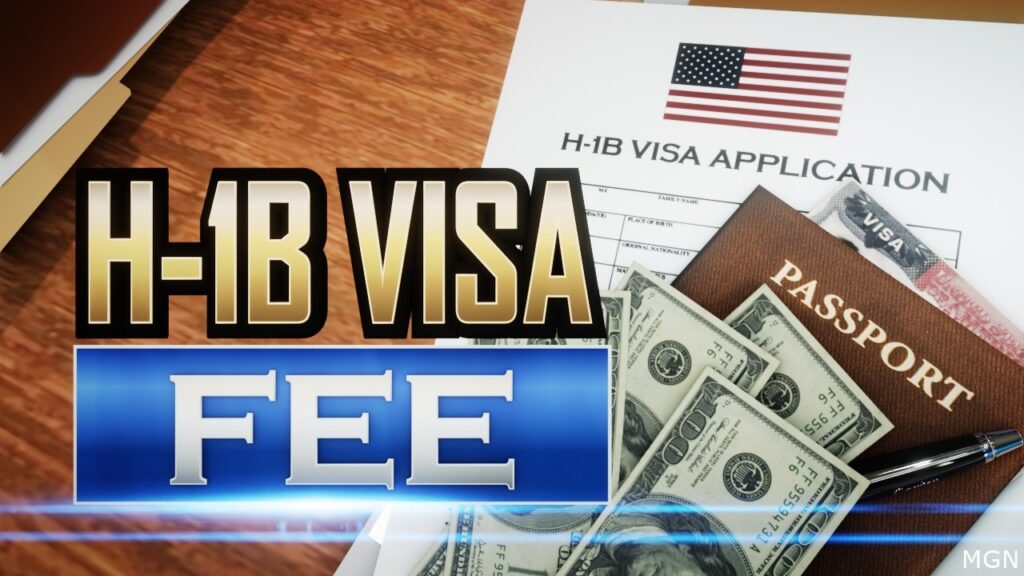Since President Donald Trump took office, Americans have seen a steady climb in grocery prices—a trend that has forced consumers to reassess their budgets and adjust shopping habits. Inflation, aggressive tariffs, and supply chain disruptions are all converging to push up the costs of everyday items.
Inflation, Tariffs, and Political Policies
A major factor behind rising grocery prices is the Trump administration’s hardline trade policy. In an effort to protect American industries, hefty tariffs have been imposed on a wide range of imported goods. The measures, intended to shield domestic producers, inadvertently disrupted supply chains and raised production costs that are now felt by consumers.
In defense of the policy, President Trump said, “Tariffs are a necessary tool to protect American workers and ensure our industries remain competitive on a global scale.” This comment, reflects the administration’s belief in long-term benefits despite short-term price hikes. Consumers are already feeling the pinch as these tariffs increase the cost of imported raw materials and essential goods.
Supply Chain Disruptions and the Avian Flu Crisis
Complicating matters further are ongoing supply chain disruptions and a severe avian flu outbreak. The flu has led to the culling of millions of chickens, causing a dramatic drop in egg supplies and resulting in a significant price surge. With eggs now costing considerably more, the crisis has become an indicator for the broader impact on the food industry.
In addition to egg shortages, delays in shipping and increased transportation costs have affected the availability of fresh produce and dairy products. The combined effects of these disruptions have left retailers scrambling to balance dwindling supplies with rising consumer demand, leading to higher prices at checkout.
Personal Stories: Adapting to a New Reality
The economic challenges posed by rising grocery prices are felt on a personal level. In Tallahassee, Florida, resident LaTasha Dullivan has completely overhauled her shopping strategy.
“My shopping habits have changed significantly,” Dullivan said. “To save, I now purchase bulk items with extended shelf lives. I actively seek out discounts, sales and buy-one-get-one-free deals. I’ve also switched to store-brand products instead of name-brand items. Her experience reflects how everyday Americans are forced to rethink their spending as prices climb.”
Students are facing similar challenges. Mia Spitzer, a university student, explained how rising prices have altered her shopping list.
“With the rise of grocery prices, I’ve had to be a bit more selective in what I shop for,” Spitzer said. “I’ve had to change from fresh veggies to a bag of frozen ones or even canned goods, depending on the item.” Even with bell peppers for example, the prices have gone through the roof, so I have to make them last for the price I pay.”
These firsthand accounts illustrate how economic policies and external crises directly affect household budgets and daily life.
Consumer Strategies and the Road Ahead
In response to rising costs, consumers are finding creative ways to manage their grocery bills. Many have turned to digital tools and coupon apps to secure the best deals. Websites like Investopedia offer insights into the economic impacts of tariffs and provide context for the price hikes.
Dullivan developed a strategic approach to managing grocery expenses.
“I plan meals to reduce spontaneous purchases, buy in bulk, use coupons, choose generic brands and take advantage of weekly sales,” Dullivan said. “I even buy fewer groceries each week to offset rising costs. While these tactics help manage expenses, critics say the underlying issues—such as high tariffs and disrupted supply chains—demand more comprehensive policy solutions.”
Some experts warn that if current policies continue unchanged, the inflationary pressures could persist, reshaping the domestic market for years to come.
Future Outlook
As grocery prices continue to rise under Trump’s policies, the connection between federal decisions and daily life becomes ever more evident. The measures taken in Washington, D.C., have real-world implications that force consumers like Dullivan and Spitzer to adjust their spending habits and rethink their budgets. While the administration maintains that these policies are necessary for long-term economic stability, the immediate impact is hard to ignore.
For further updates on this evolving issue, readers can turn to resources such as Politico and Reuters.













